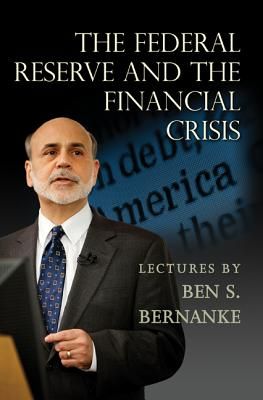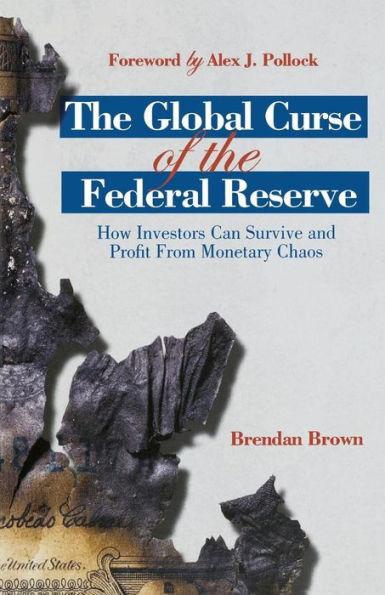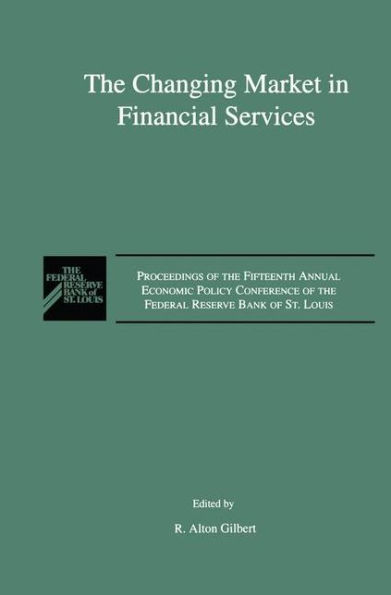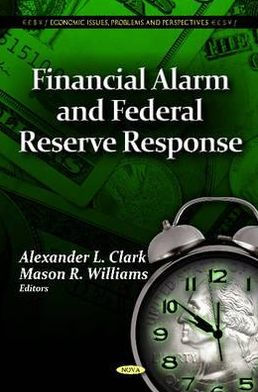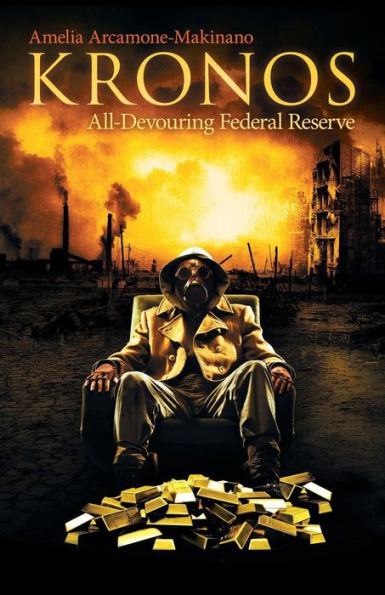Home
The Federal Reserve's Framework for Monetary Policy-Recent Changes and New Questions
Loading Inventory...
Barnes and Noble
The Federal Reserve's Framework for Monetary Policy-Recent Changes and New Questions
Current price: $12.95


Barnes and Noble
The Federal Reserve's Framework for Monetary Policy-Recent Changes and New Questions
Current price: $12.95
Loading Inventory...
Size: OS
*Product Information may vary - to confirm product availability, pricing, and additional information please contact Barnes and Noble
In recent years, the Federal Reserve has made substantial changes to its framework for monetary policymaking by providing greater clarity regarding its objectives, its intentions regarding the use of monetary policy- including nontraditional policy tools such as forward guidance and asset purchases-in the pursuit of those objectives, and its broader policy strategy. These changes reflected both a response to changes in economists' understanding of the most effective way to implement monetary policy and a response to specific challenges posed by the financial crisis and its aftermath, particularly the effective lower bound on nominal interest rates. We trace the recent evolution of the Federal Reserve's framework, and use a small-scale macro model and a simple static model to help illuminate the approaches taken with nontraditional monetary policy tools. A number of foreign central banks have made similar innovations in response to similar developments. On balance, the Federal Reserve has moved closer to "flexible inflation targeting," but the Federal Reserve's approach differs in important ways from the strict implementation of that paradigm by including a balanced focus on two objectives and the use of a flexible horizon over which policy aims to foster those objectives. Going forward, further changes in central banks' frameworks may be needed to address issues raised by the financial crisis. For example, some have suggested that the sustained period at the effective lower bound points to the need for central banks to establish a different policy objective, such as a higher inflation target or nominal GDP targeting. We use our small-scale model of the U.S. economy to examine the potential benefits and costs of such changes. We also discuss the broad issue of how central banks should integrate financial stability policy and monetary policy.
